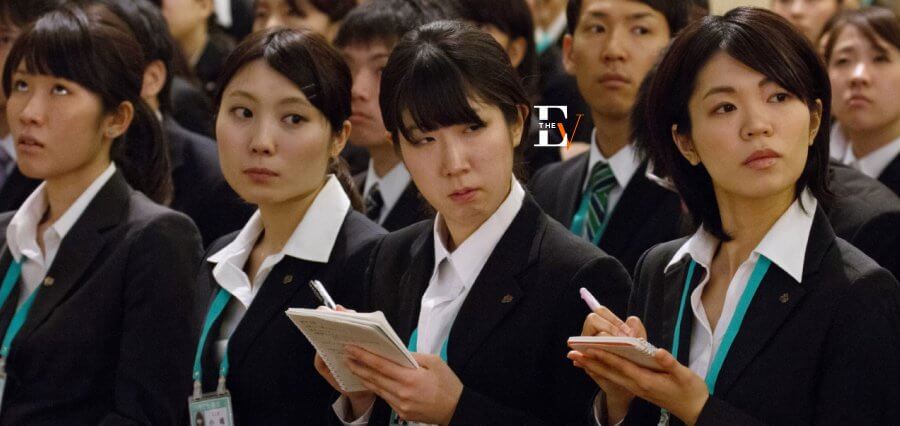To address the gender imbalance and increase the number of female students, Japanese national institutions are currently instituting quotas, a practise not previously seen at public universities. For example, the Tokyo Institute of Technology (Tokyo Tech), one of Japan’s top universities with only 13 percent of its bachelor’s degree students being female, would reserve a specific number of spots for female candidates taking entrance tests throughout its schools.
The goal is for women to make up 20 percent of the overall student body admitted, signalling a substantial move towards gender equality in the institution.
To encourage more women to pursue professions in STEM subjects, numerous Japanese universities, including Tokyo Tech, Nagoya University, Shimane University, and the University of Toyama, have lately implemented quotas to increase the number of female students admitted.
The Japanese government intends to increase the number of STEM students from 35 to 50 percent and has considered providing subsidies to institutions in order to encourage them to create more science graduates.
Keiko Nagaoka, Japan’s education and science minister, addressed the gender bias that prevented women from pursuing careers in science and promised to change it. Despite the potential increase in female students majoring in STEM fields, Ginko Kawano, a professor of sociology of education and gender equality adviser at Yamagata University, pointed out that not all universities applying for government grants would necessarily implement quotas for women.






